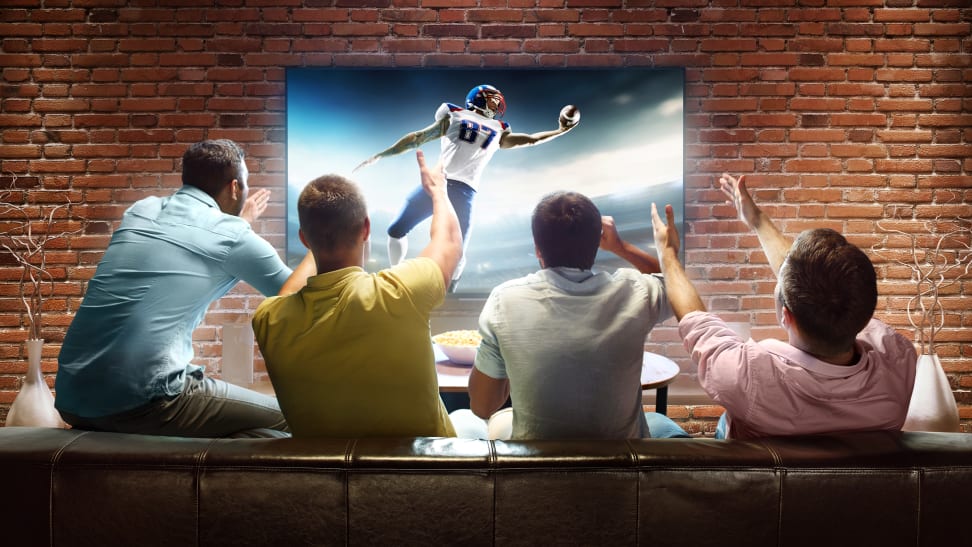Research: Live streaming catching up VoD
September 15, 2023

US consumer research conducted by Bitmovin, a specialist in video streaming infrastructure, demonstrates how live streaming is continuing to rise in popularity – despite many consumers becoming increasingly frustrated by dropouts and buffering interfering with their viewing experience. On average, consumers watch just under 4 hours of live streamed content per week making it the second most watched format behind video-on-demand.
There have been well-publicised examples of live stream errors such as Netflix cancelling the Love is Blind livestream after technical issues and multiple delays impacting Coachella set times. Outages like these leave 21 per cent of consumers feeling ‘enraged.’ This strong feeling is a motivator behind the 19 per cent of consumers who avoid live streaming due to lag/latency issues. Consumers sometimes avoid live streaming due to worries over poor video quality (13 per cent), and the ability to watch on demand at a later time (24 per cent).
However, across sports, music events, reality TV, series finales, awards ceremonies and gaming, live streaming is still very much the preferred way to watch For sports in particular, almost half of consumers (49 per cent) preferred live streaming compared to only 17 per cent preferring to watch on demand.
Whilst live streaming continues to rise in popularity, there is still a degree of jeopardy and the majority of consumers expect it. In fact, 53 per cent of viewers have come to expect the stream to drop out at least two times.
Despite the risk of dropouts, and the interruptions of lag consumers still watch just under 4 hours of live streamed content per week. But why? When asked for their motivations for watching live content over video-on-demand the most popular reason was to feel the atmosphere of the event (35 per cent). This was closely followed by not wanting to miss out on big moments (34 per cent) and to avoid spoilers (32 per cent).
Stefan Lederer, CEO & Founder commented: “Live streaming has evidently become the go-to form of video for viewers. Its ability to create community, atmosphere and experience is something that on-demand cannot match – but with this comes stronger emotional reactions to lagging, drop outs and poor quality. Considering the popularity of live streaming, across all types of content, the onus is now on the streaming platform to recognise this and deliver the highest quality live streams with consistency, whilst creating events and atmospheres around its most popular shows.”
